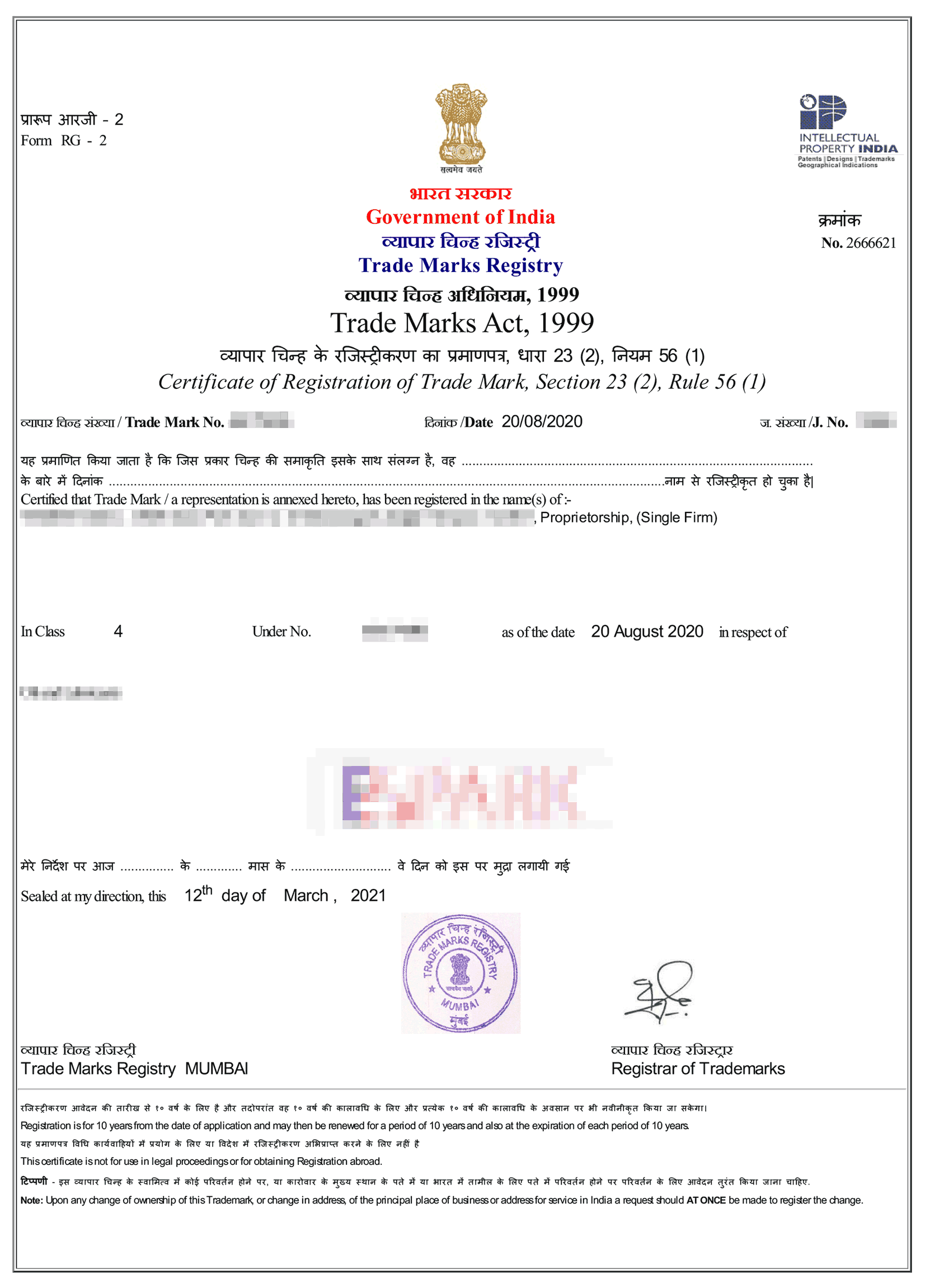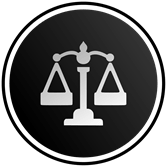Step 1: Filing of
Trademark Application
The applicant has to classify their Trademark and complete the
Trademark Registration application in the first stage. It will take around 24
hours.
After filing the Trademark application, the applicant can start
using its trademark after marking ™ in front of their brand name or logo. Symbol
™ determines that the Trademark has been in the process of registration.
Step 2:
Examination of Trademark Application
A Trademark application is submitted to the Trademark registry,
where it undergoes inspection for similarities, deceptiveness, and absolute
grounds for refusal of the Trademark according to sections 9 and 11 of "The
Trademark Act, 1999".
The application will be advertised in the Trademark journal if the
Trademark is suitable or not identical to existing Trademarks. This procedure
requires two months of time.
After the advertisement, if no one opposes or
raises objections regarding the similarities of that brand, it is
officially registered. However, if anyone wishes to object, the registry moves
on to the third stage.
Step 3: Reply to
Examination Report & Show Cause Hearing
The applicant has to respond to the examination report within one
month of the objection being raised if the registrar finds any kind of
similarities with another Trademark during the Trademark Registration process or
if someone objects to the Trademark. If the examination report gets a
satisfactory and acceptable reply then the application goes for the
advertisement. If the reply is not acceptable and satisfactory, it will go for
the “ Trademark Show Cause Hearing”. At this point, any applicant who wishes to make
amendments to their Trademark can do so. The applicant has to fill out a form
and make a request for the changes.
A Show Cause Hearing usually occurs after the objection is raised by
the registrar and at this point, the applicant has to prove that their mark is
dissimilar to any other Trademark that is already registered. Once the
application is approved, then it will be advertised. The application will be
denied if it is not approved.
Step 4: Acceptance
and Advertisement in the Journal
The application has been published for the journal advertisement.
The third-party has four months to submit a notice of opposition against the
application if they have trademark-related concerns. Final registration of such
marks will starts if no objection is being raised.
Step 5: Opposition
Process
Any brand or business that has a concern about a Trademark's
similarity to its registered trademark comes up for the opposition. The
applicant must provide an acceptable statement, affidavits, and substantial
proof to the opposition because this opposition creates issues and delays
registration.
Step 6: Evidence &
Final Hearing
The applicant must present compelling evidence at this stage to
support their case and explain how their Trademark differs from the opposition's
Trademark. The duration of two months are provided to the applicant to gather
evidence in support of their claim. At the final hearing, the department gives
each side an opportunity before making a decision. Both sides are free to
present arguments in support of their claims.
The Trademark receives a registration certificate in the final
stage. At this point, the applicant has full ownership of all intellectual
property associated with the Trademark and they can begin using the ® or circled
R in front of their logo, which indicates that the Trademark is registered.











